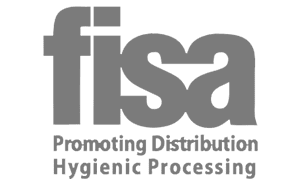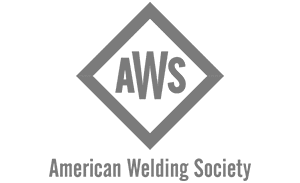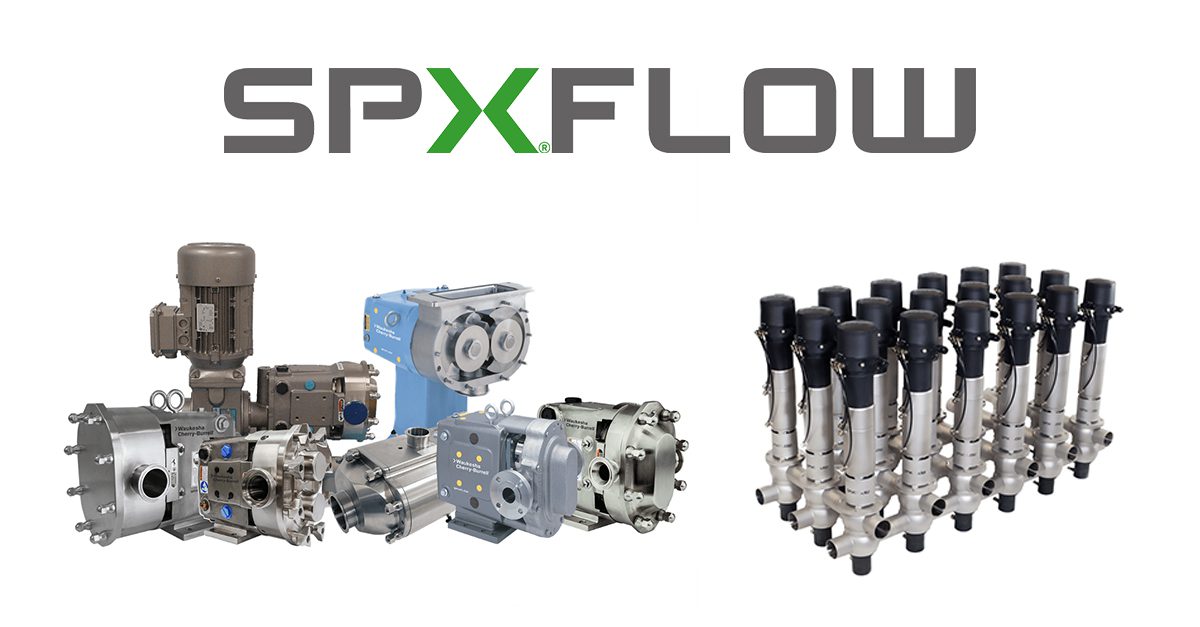Plastic or Metallic- Which Sanitary Fitting Should I Choose? Can I use both?
If you’ve been following this blog long enough, you know that at Holland we offer both engineered stainless and single use fluid handling products. While we are historically stainless steel guys, as macro trends change, industry needs shift, and new plastic products have hit the market, we find ourselves specifying plastic fittings in applications where we’d always used to use stainless. So for “metal-heads” like us at Holland, one of the biggest dilemma’s that we face day in and day out is what kind of fitting should we use- steel or plastic? That question is not as simple as it looks. This post will take a look at the factors that go into that decision and some basic things you should consider for your next application.
To begin, let’s look at the frequently asked questions we get from customers who are considering plastic or stainless in a new application:
- My system already uses stainless steel fittings, so I have to keep using them…. Right?
- Is my product compatible with plastic fittings?
- Will plastic fittings hold my temperatures and pressure?
- Can I connect my plastic Triclamp flange to a stainless one?
So let’s start with the first question- if you’ve been using stainless, do you need to keep doing so? The answer to that question is absolutely not. It’s common to think that you need to use the same type of fittings that originally came with your system. Instrument performance, however, is rarely linked to one specific fitting. This gives us the freedom to change fittings to best suit your application needs.
To help choose the best fitting for your application, be mindful of what the fitting is actually supposed to do. Does it need to hold a high pressure? What’s the chemical environment like? How are you cleaning the system? The answers to these questions are what are going to guide us to the correct answer.
After you’ve identified what the fitting is supposed to do, the next challenge, as alluded to above is figuring out if the plastic- or even stainless- fitting you want to use is compatible with your process and product. Most single use fittings manufacturers will provide information about max temperature and pressure ratings. As far as chemical compatibility goes, information on that topic abounds. I recommend Cole Parmer’s Chemical Compatibility iPhone app- this is a great resource for checking compatibility of a wide array of process fluids and materials.
Generally speaking, if the temperatures or pressures are extremely high or the product is particularly aggressive, stainless may be the way to go. If it’s a piece that is going to be moved often and the physical demands aren’t that high, you’ll get just as good, if not better, performance from your plastic fittings.
So then can I connect my plastic fittings to my metal ones? Are hybrid systems a good idea? The answer to that is yes. In fact, there are products on the market, such as Colder’s Steam Thru Connectors that are specifically designed to allow users to connect their stainless steel process equipment to single use or plastic systems by allowing sterile connections and disconnections to be made between plastic and stainless equipment. Colder also offers a stainless steel flange x MPC or MPX male insert to connect to disposable coupling bodies. Known as the Saniquick connection, this system also allows integration of single use equipment and hard plumbed systems.
So the next time you’re trying to figure out which kind of fitting you should use, try to keep in mind what the purpose of the fitting is and what are the process demands. Whichever fitting you choose, be sure it can handle the pressure and temperatures of the system and be sure it’s chemically compatible with the fluid being transferred. Hybrid options are available and these allow users the flexibility to integrate a variety of different technologies to achieve maximum efficiency. If you have additional fittings quesitons, contact a Holland Sales Engineer today– stainless or plastic- engineered fluid handling solutions are what we do.









